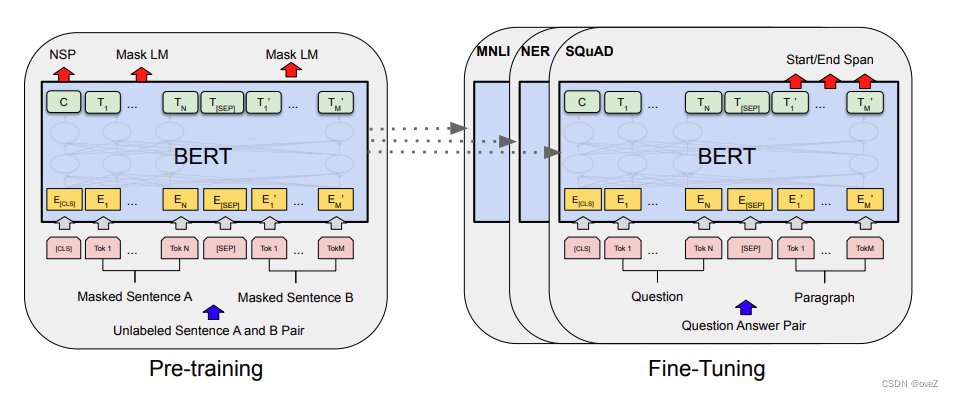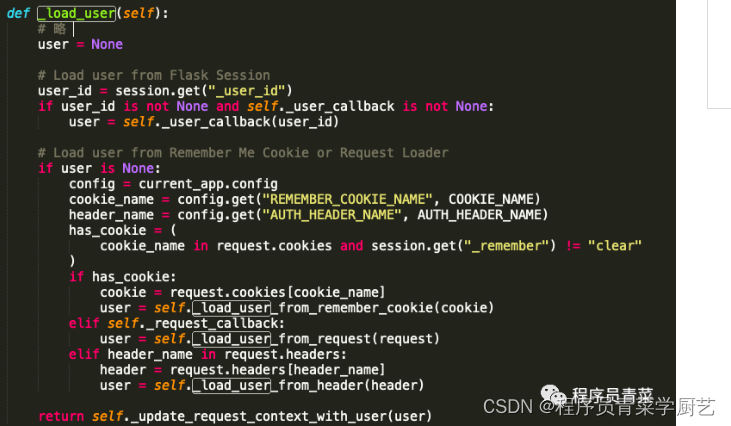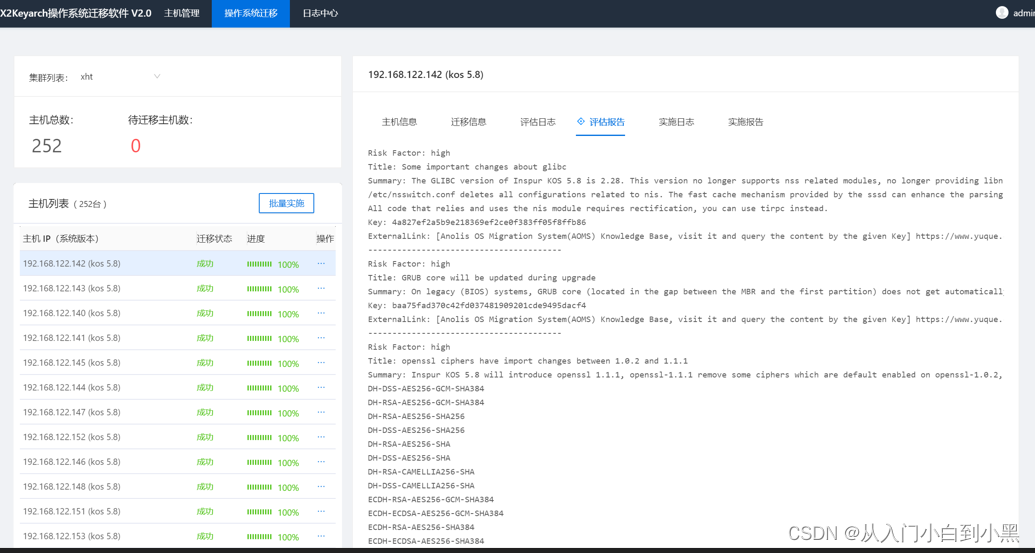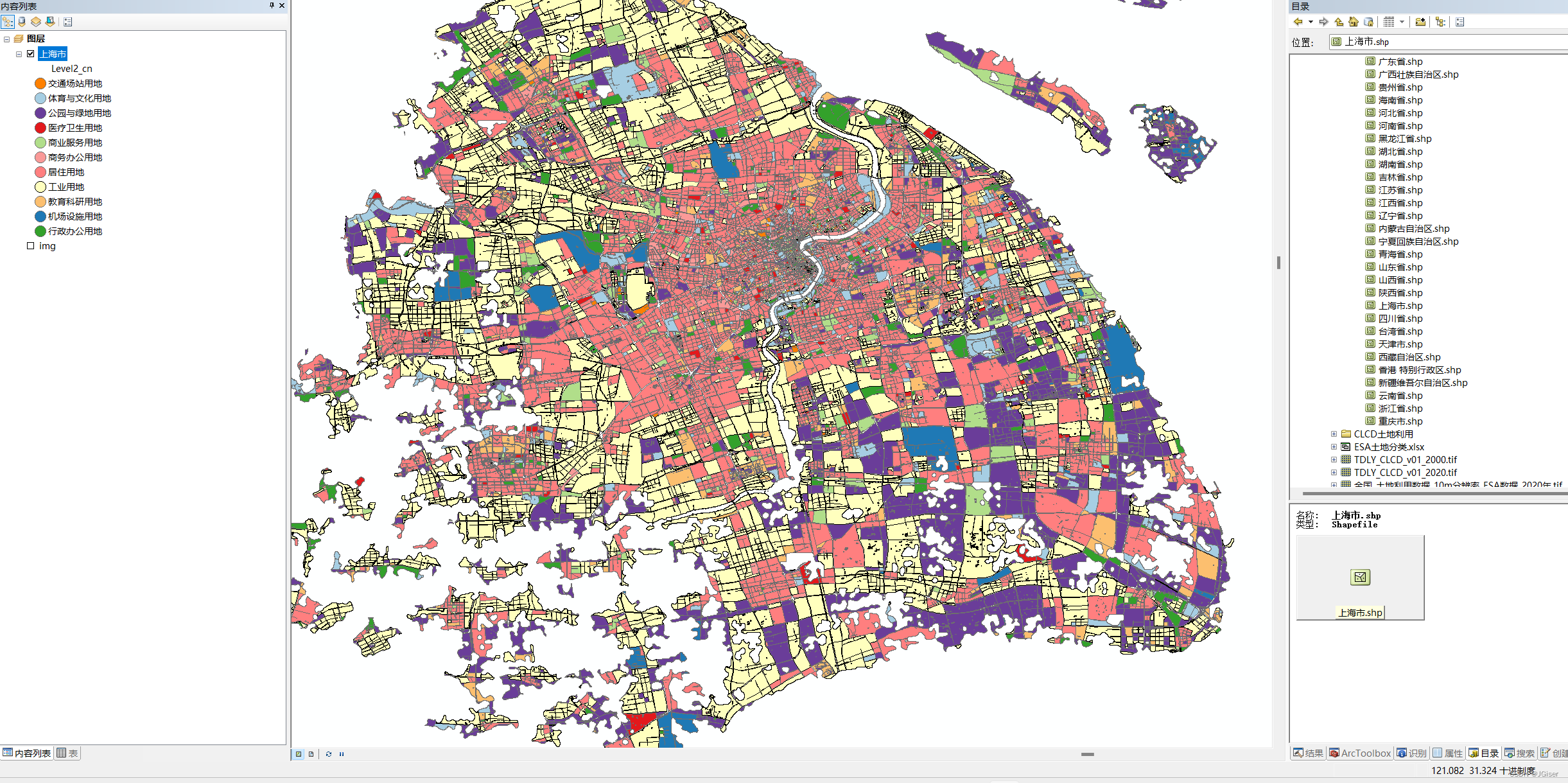
3妹:“太阳当空照,花儿对我笑,小鸟说早早早,你为什么背上炸药包”
2哥 :3妹,什么事呀这么开发。
3妹:2哥你看今天的天气多好啊,阳光明媚、万里无云、秋高气爽,适合秋游。
2哥:是啊,都快立冬了,天气还是这么热。今年的冬天比以往来的要晚一些。可是你不能秋游,赶紧收拾收拾上班去啦
3妹:哼, 好吧~
2哥:给你出了一道题发你微信里了, 上班通勤的路上记得看一下,回来问你答案~

3妹:知道啦,难不倒我!
题目
有一棵根节点为 0 的 家族树 ,总共包含 n 个节点,节点编号为 0 到 n - 1 。给你一个下标从 0 开始的整数数组 parents ,其中 parents[i] 是节点 i 的父节点。由于节点 0 是 根 ,所以 parents[0] == -1 。
总共有 105 个基因值,每个基因值都用 闭区间 [1, 105] 中的一个整数表示。给你一个下标从 0 开始的整数数组 nums ,其中 nums[i] 是节点 i 的基因值,且基因值 互不相同 。
请你返回一个数组 ans ,长度为 n ,其中 ans[i] 是以节点 i 为根的子树内 缺失 的 最小 基因值。
节点 x 为根的 子树 包含节点 x 和它所有的 后代 节点。
示例 1:

输入:parents = [-1,0,0,2], nums = [1,2,3,4]
输出:[5,1,1,1]
解释:每个子树答案计算结果如下:
- 0:子树包含节点 [0,1,2,3] ,基因值分别为 [1,2,3,4] 。5 是缺失的最小基因值。
- 1:子树只包含节点 1 ,基因值为 2 。1 是缺失的最小基因值。
- 2:子树包含节点 [2,3] ,基因值分别为 [3,4] 。1 是缺失的最小基因值。
- 3:子树只包含节点 3 ,基因值为 4 。1是缺失的最小基因值。
示例 2:

输入:parents = [-1,0,1,0,3,3], nums = [5,4,6,2,1,3]
输出:[7,1,1,4,2,1]
解释:每个子树答案计算结果如下:
- 0:子树内包含节点 [0,1,2,3,4,5] ,基因值分别为 [5,4,6,2,1,3] 。7 是缺失的最小基因值。
- 1:子树内包含节点 [1,2] ,基因值分别为 [4,6] 。 1 是缺失的最小基因值。
- 2:子树内只包含节点 2 ,基因值为 6 。1 是缺失的最小基因值。
- 3:子树内包含节点 [3,4,5] ,基因值分别为 [2,1,3] 。4 是缺失的最小基因值。
- 4:子树内只包含节点 4 ,基因值为 1 。2 是缺失的最小基因值。
- 5:子树内只包含节点 5 ,基因值为 3 。1 是缺失的最小基因值。
示例 3:
输入:parents = [-1,2,3,0,2,4,1], nums = [2,3,4,5,6,7,8]
输出:[1,1,1,1,1,1,1]
解释:所有子树都缺失基因值 1 。
提示:
n == parents.length == nums.length
2 <= n <= 105
对于 i != 0 ,满足 0 <= parents[i] <= n - 1
parents[0] == -1
parents 表示一棵合法的树。
1 <= nums[i] <= 105
nums[i] 互不相同。
思路:

深度优先搜索 + 启发式合并
java代码:
class Solution {public int[] smallestMissingValueSubtree(int[] parents, int[] nums) {int n = parents.length;List<Integer>[] children = new List[n];for (int i = 0; i < n; i++) {children[i] = new ArrayList<Integer>();}for (int i = 1; i < n; i++) {children[parents[i]].add(i);}int[] res = new int[n];Arrays.fill(res, 1);Set<Integer>[] geneSet = new Set[n];for (int i = 0; i < n; i++) {geneSet[i] = new HashSet<Integer>();}dfs(0, res, nums, children, geneSet);return res;}public int dfs(int node, int[] res, int[] nums, List<Integer>[] children, Set<Integer>[] geneSet) {geneSet[node].add(nums[node]);for (int child : children[node]) {res[node] = Math.max(res[node], dfs(child, res, nums, children, geneSet));if (geneSet[node].size() < geneSet[child].size()) {Set<Integer> temp = geneSet[node];geneSet[node] = geneSet[child];geneSet[child] = temp;}geneSet[node].addAll(geneSet[child]);}while (geneSet[node].contains(res[node])) {res[node]++;}return res[node];}
}


















